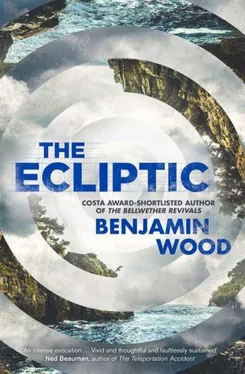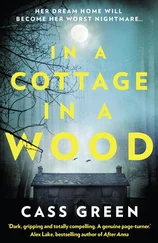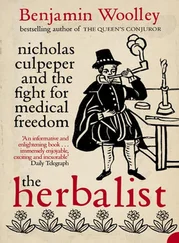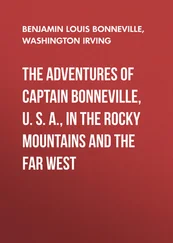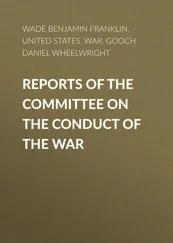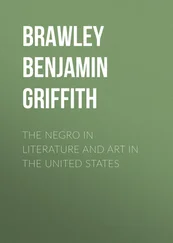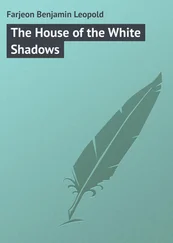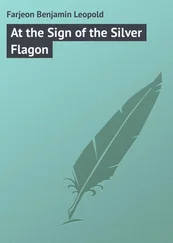Perhaps the only way to describe the cosmos was by analogy. The archivist took out a notebook and a pencil. ‘Imagine the sun is on top of this maypole, here.’ He made a line with a head like a matchstick. ‘And you’re the earth, dancing round it. For the sake of time, let’s forget about the fact that you’re tilted at twenty-three and a bit degrees to the pole — it only complicates things.’ He drew a wobbly circle and marked it with a cross, then added a dotted line to show my viewpoint with a smaller cross on the opposite side.

He moved the pencil slowly in a clockwise loop. ‘So, from your point of view, keeping your eyes on the tip of the maypole as you go round, it seems to track out a circle against the celestial sky. That circle would be your ecliptic. It’s not actually there; it’s just the way you perceive it. Really, it’s you that’s going in circles. The maypole stays where it is. Understand now?’
‘Yes,’ I said. ‘The picture helped.’
‘Oh good. Welcome to basic astronomy,’ he replied. ‘Now you’d better let me get on with wasting my day off.’
‘What are you researching, if you don’t mind my asking?’
‘I’ve been trying to write a biography of Eddington for a while now.’
‘Edison?’
‘ No . Good gracious, why does everybody say that?’ He closed my reference book. ‘One day, people are going to stop asking me that question. They’ll say, “Ah yes, Eddington, of course.” And I shall have a good old laugh about it. Until then—’ He slid the book to me under the tow of his middle finger. ‘Best of luck.’
I never got the chance to thank him properly. He was already on his feet, browsing the shelves.
When I got back to my studio, the stars in my mural seemed dimmer. I could not see a way that I could include the ecliptic or the equator in the form that I had originally devised. To present imaginary lines as ropes — solid, tangible things — felt insincere. But to show them as candy-striped tracks, as Jamieson had done, seemed equally wrong. How could I represent things that were themselves just representations of other people’s representations? And how could I make them fit the themes of my design without contriving them? I could not continue with the painting until I had resolved these issues in my mind. And so it stayed on the stretchers, half-made.
For a time, the telephone did not ring at all — nobody cared where I was or what I was doing. But, after a week or so, the calls became more frequent and more difficult to ignore. I left the phone unhooked and, when the bellyaching noise started to bother me, I cut the wire.
The problem seemed to be in the materials themselves: oil paints were versatile, but they could not give me the illusory qualities I wanted. Graphite on paper was so categorical, ink so permanent. Gouache was flat, acrylic like toothpaste. I was aiming to show lines that were not really there, and felt limited by the tools at my disposal. There were tricks of perspective I attempted: re-ordering my scrapyard of ships so that the arc of their upturned hulls, the shadows of their masts, the limits of their sails were subtly aligned and, from a certain angle, alluded to an arcing line. But doing this ruined the balance of the image: what had been an ordered jumble became a clot of pieces, too conveniently manoeuvred into position.
I thought of masking certain areas of the painting, using vacancies in the drawing to suggest a lurking presence. This worked fine on paper, but when I came to transfer it to the canvas, the image looked skeletal, dead. I needed to find some method of getting the paint to vary with the light or decay over the course of time. Ripolin might well have worked, but I did not know where to acquire it or if it was still being manufactured. I mixed various types of glue into the paints I had — no luck; it hardened them or glossed them or turned them lumpy. My telephone was broken so I could not ring around to ask the dealers for their suggestions. And what would I have said? ‘I want something to make my lines look more imaginary.’ ‘ Ah, yes — I’ve got just the thing. When can you come and collect it?’ ‘Don’t you deliver? I can’t go outside.’ ‘ No, you’ll have to come and get it. Our delivery boy is sick. ’ ‘But, I can’t leave the flat.’ ‘ Why not? What’s wrong with you? ’ ‘I can’t leave my work, that’s all.’ Going outside was simply not possible. It was foggy out there. Full of noises. I had stapled the curtains. Nothing could get in. The water was brown when it came from the taps, but I was still drinking it. So what? Work my way through it — that was the best thing. Just like my parents. Get my head down. No complaining.
The phone rang.
Paul Christopher.
No.
Someone was buzzing. Down there, on the street, at my door.
A startling racket. Bzz-bzz, bzz-bzz-bzz . I could not see out the window. Bzz-bzz-bzz-bzz, bzz-bzz. It did not go away until I pressed the button.
Different feet this time, not Dulcie’s. The thumping on the stairs was deeper. A man’s. I looked through the spyhole.
Victor Yail. He was in a cricket jumper, but he still had his briefcase. As he leaned in to knock, his face bent and swelled. I undid the latch.
He stood on the landing, peering into the flat. ‘Thought you’d like some fresh air.’
I shook my head.
‘Just a quick walk to the corner and back. We shan’t go far.’
I did not move.
‘OK. Then would you please let me in?’
I held the door open for him.
‘You missed your last few appointments,’ he said, surveying the room with tightened eyes.
I closed all the locks.
‘Is this the mural? It’s enormous.’
‘Don’t touch it,’ I said.
He turned sharply, looking for a clean spot on the floor to set his case down, and settled for the milk crate near the kitchen counter. ‘Is it all right if I look around a bit? I promise I won’t move anything.’
‘What are you doing here, Victor?’ I asked.
‘Well,’ he said, piloting a route between the obstacles around him. Boxes, jam-jars, soup cans. ‘If you drop off the radar for several weeks without a word, people get concerned.’ Bottles, paper, tin foil. Clods of paint and drips of ink. ‘Dulcie got in touch. She said she’d tried to phone but you weren’t answering.’ Dishes, plates, and parcel tape. Paint rags, clothing, bits of wire. ‘Happened a few times now, she said. So I thought I’d come over.’ Knives and forks and spoons and spatulas. ‘I’m very glad I did. What’s this ?’ He pointed to the bench where I had been working on my pigments.
‘A mortar and pestle,’ I told him.
‘I can see that. What’s inside?’
‘An experiment.’
‘Did it work?’
‘Not yet.’
‘Uh-huh,’ Victor said. And, when he turned back to me, he was holding something in his hand: a brown glass bottle with a torn-off label. In a kind of pantomime, he turned it upside down to show me it was empty. ‘Where are they?’ he asked.
I shrugged. I was not exactly sure I could account for all of them. Some were skinned over in the cans about his feet, some congealed on scraps of paper, some had made it to the small test canvases in stacks under the window — the firewood pile, I liked to think of it. The rest could have been anywhere.
‘Ellie, how long have you been grinding up your tablets like this?’
Again, I was not sure. But I answered, ‘A week or so.’
‘I gave you a month’s supply. Are they all gone?’
I shrugged again.
Читать дальше
